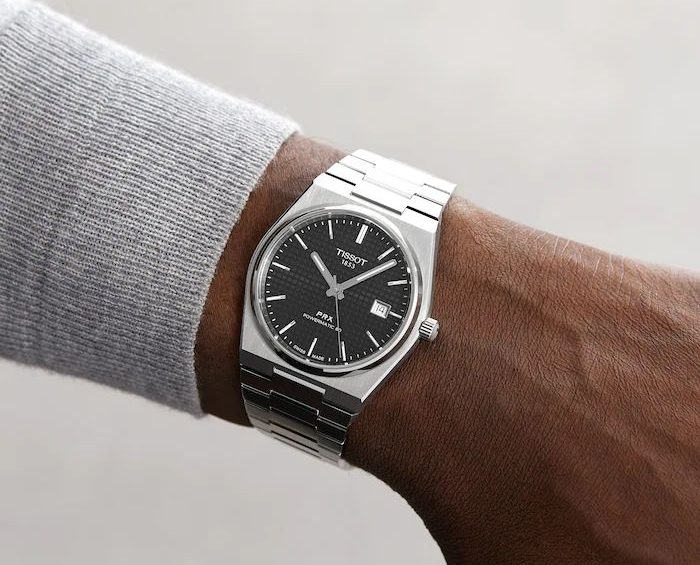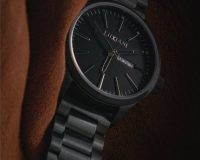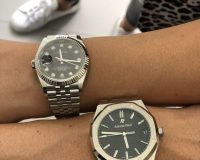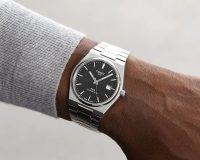Introduction: Timepieces as Personal Expressions
Watches have evolved far beyond their original purpose of telling time. In today’s world, they stand as iconic symbols of individuality, sophistication, and self-expression. Whether minimalist or extravagant, mechanical or smart, the watch you choose whispers volumes about your personality and values. Every glance at your wrist becomes a reflection of your inner self—a seamless dialogue between form, function, and aesthetic.
Selecting the right watch is a journey of understanding, a nuanced discovery of what resonates with your lifestyle and ambitions. It requires looking beyond brand names and price tags to find a companion that complements your story. Watches are no longer mere accessories; they are intimate objects imbued with memories, milestones, and aspirations.
The art of choosing your perfect timepiece lies in aligning your desires with craftsmanship, heritage, and innovation. It’s about understanding the intricate language of horology and how it mirrors your character, taste, and dreams. From classic elegance to daring modernity, every timepiece speaks differently—and it’s up to you to find the one that echoes your voice.
Let’s embark on this journey to discover the watches that not only keep time but also define who you are.
The Evolution of Timepieces: A Brief Journey Through History
Understanding the roots of watchmaking enriches the appreciation for what rests on your wrist. The journey of timekeeping began with rudimentary sundials and evolved into mechanical marvels that captivated both artisans and aristocrats.
In the 16th century, the advent of portable timekeeping devices marked a revolutionary shift. Early watches, often worn as pendants, symbolized status rather than precision. Crafted by skilled hands, these pieces were ornate, artistic, and only loosely accurate.
The 17th and 18th centuries ushered in significant advancements. The introduction of the balance spring enhanced reliability, allowing for more compact and wearable watches. With the Industrial Revolution came mass production, democratizing access to personal timepieces and embedding watches deeper into the fabric of everyday life.
By the 20th century, wristwatches had overtaken pocket watches in popularity, driven in part by military necessities during World War I. As technologies advanced, watches transformed into marvels of micro-engineering, boasting innovations like water resistance, chronographs, perpetual calendars, and tourbillons.
Today, the evolution continues, with mechanical craftsmanship coexisting alongside cutting-edge smartwatches. Each tick, each tock, carries centuries of ingenuity and artistry—a living testament to human creativity and our eternal fascination with the passage of time.
Defining Your Style: How a Watch Complements Your Identity
A watch is more than an adornment; it is an extension of your personal narrative. Choosing the right timepiece begins with understanding your style archetype and how you wish to present yourself to the world.
For the classicist, a clean, minimal watch with a leather strap and a simple dial conveys timeless elegance. This choice harmonizes with tailored suits, formal gatherings, and understated luxury.
The adventurer, in contrast, gravitates toward robust chronographs or diving watches. These rugged companions, engineered to withstand the elements, mirror a spirit of exploration and resilience.
For the innovator, modern designs featuring bold shapes, unconventional materials, and avant-garde complications speak louder. These watches challenge tradition and embody a forward-thinking mindset.
Meanwhile, the romantic might lean towards vintage-inspired pieces, brimming with nostalgic charm and historical significance. Owning a timepiece with patina, aged lume, or a hand-wound movement feels like carrying a piece of history on one’s wrist.
Recognizing your personal style helps narrow the immense field of options, ensuring that the watch you select doesn’t just match your wardrobe but resonates with your soul.
Materials Matter: Exploring the Building Blocks of Fine Watches
Material selection is a critical element in watchmaking, influencing not only durability but also aesthetics, weight, and overall presence.
Stainless steel, revered for its resilience and versatility, remains a favorite among both casual and luxury brands. It offers a modern, polished look suitable for myriad occasions, blending functionality with refined simplicity.
Gold, whether yellow, white, or rose, imparts an unmistakable air of prestige and warmth. Gold watches often signify celebration or accomplishment, their lustrous appeal unmatched by other metals.
Titanium, prized for its strength and lightness, serves those seeking a sporty, high-performance timepiece. Hypoallergenic and highly resistant to corrosion, titanium is ideal for active lifestyles.
Ceramic, once reserved for avant-garde models, now graces many collections with its scratch-resistant properties and smooth, luxurious feel. Its distinctive finish adds a contemporary touch to any watch design.
Exotic materials, such as carbon fiber, meteorite dials, and sapphire crystal cases, push the boundaries of innovation. They cater to enthusiasts who appreciate technical achievement and unique aesthetics in equal measure.
Understanding these materials helps you select a watch that not only suits your visual preferences but also accommodates your daily routines and ambitions.
The Movement Within: Choosing Between Quartz and Mechanical
At the heart of every watch lies its movement—the engine that animates its hands and complications. Understanding the distinction between quartz and mechanical movements helps refine your choice.
Quartz movements, powered by a battery and regulated by a vibrating quartz crystal, offer unparalleled accuracy at a relatively affordable cost. They require minimal maintenance and excel in daily reliability, making them ideal for practical users.
Mechanical movements, whether manual-winding or automatic, embody centuries of horological craftsmanship. Composed of intricate gears, springs, and levers, mechanical watches pulsate with life. Their operation is a marvel of engineering, demanding meticulous assembly and fine-tuning.
Manual watches require the wearer to wind the crown regularly, fostering an intimate connection between user and machine. Automatic watches, conversely, harness the wearer’s motion to maintain power, creating a seamless experience.
Choosing between quartz and mechanical hinges on your values. Those who prioritize convenience and precision may favor quartz. Enthusiasts who cherish tradition, artistry, and the soulful rhythm of ticking gears often find mechanical movements irresistible.
Conclusion: Finding the Watch That Resonates with Your Essence
Selecting the perfect timepiece transcends the mere act of shopping; it is an introspective journey of self-discovery. Throughout history, watches have not only measured the passage of time but also symbolized personal milestones, ambitions, and moments of transformation. They silently accompany us through life’s victories and trials, becoming repositories of memory and emotion.
A watch, in its intricate composition, reflects the balance between tradition and innovation, craftsmanship and creativity. It encapsulates who you are today and hints at the legacy you aspire to build tomorrow. Whether you lean toward the enduring grace of minimalist classics, the daring spirit of avant-garde designs, or the robust reliability of sporty chronographs, your chosen watch becomes a testament to your unique narrative.
Understanding materials, movements, complications, and design philosophies empowers you to make informed decisions, ensuring your selection is not merely fashionable but profoundly meaningful. The right timepiece will not overshadow you but will instead illuminate your individuality, becoming an extension of your story rather than an accessory to it.





3 Comments
This is exactly what i was looking for, thank you so much for these tutorials
It would be great to try this theme for my businesses
What a nice article. It keeps me reading more and more!